Why you should floss before brushing, brush before your morning cup of Joe and more
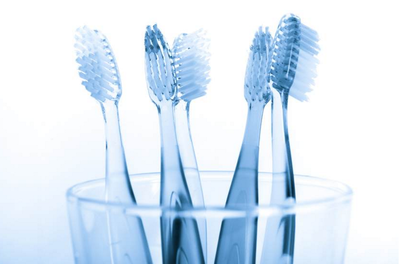
Back and forth, up and down — or around in circles? What’s the best way to brush teeth? As it turns out, nobody really knows. A recent study in the British Dental Journal revealed that dental associations, toothbrush makers and even dentists give wide-ranging and conflicting advice.
The best way to find out if your teeth cleaning technique is effective is to ask your dentist, says Mary Hayes, DDS, a pediatric dentist in Chicago and a spokesperson for the American Dental Association. Some methods are better suited for specific dental conditions, such as receding gums, periodontal disease, bridge work and braces, adds Alice Lee, DDS, a pediatric dentist at Montefiore Medical Center in Bronx, New York. No matter what technique you use, these six strategies can help you smile brighter and protect your pearly whites (and soft pinks).
1. Floss first, then brush
“The bristles of your brush can’t reach into every crevice between teeth, so flossing at least once a day needs to be a part of your regular routine,” says Steven Davidowitz, DDS, a dentist in New York City. By flossing before you brush, you loosen plaque and food particles so your toothbrush can sweep them away more easily.
2. Get a (gentle) grip
Grasping a toothbrush tightly with your fist can cause you to scrub so hard that you damage your gums and even scratch away at the delicate enamel, says Sivan Finkel, DMD, a dentist in New York City. Hold the brush lightly — use just two fingers if that helps. You want to get the tips of the bristles just under the gum line, so angle the head of the brush 45 degrees upward for upper teeth and 45 degrees downward for the lower ones. Hold the brush flat to clean the areas away from the gums and chewing surfaces.
3. Zoom in the tough spots
It’s easy to swipe the brush along the teeth’s flat surfaces, but the harder-to-reach areas need the most attention. “Concentrate on the front and bottom teeth and the ones all the way in the back ,” advises Brian Novy, DDS, a dentist at the DentaQuest Institute, a national non-profit organization devoted to improving oral health care.
Spend 30 seconds cleaning each quadrant of your mouth for a total of two minutes of brushing. Brush at least twice a day.
4. Brush before your morning Joe
Seriously. If you’re a first-thing-in-the-morning OJ or coffee drinker, brush before you sip. “Because these beverages are acidic, they can temporarily soften tooth enamel,” explains Finkel. “Brushing after drinking them can damage the surface of your teeth.” Rinse well after you brush to banish the toothpaste taste: Mint doesn’t pair well with juice or coffee.
5. Be choosy about toothpaste
According to a recent Swedish study, high fluoride toothpaste leaves behind a higher concentration of fluoride in plaque and saliva than standard toothpaste. The study also found that brushing three times a day increased fluoride retention. Can’t manage to brush more than twice a day? No problem. The research also found that massaging high-fluoride toothpaste directly onto the teeth with a finger was an effective alternative to brushing a third time.
6. Swish after a soda
Simply swishing water in your mouth (or better yet, a mixture of ¼ teaspoon baking soda and eight ounces of water) will help to neutralize your mouth after an acidic meal or beverage, says Lee.
The best way to find out if your teeth cleaning technique is effective is to ask your dentist, says Mary Hayes, DDS, a pediatric dentist in Chicago and a spokesperson for the American Dental Association. Some methods are better suited for specific dental conditions, such as receding gums, periodontal disease, bridge work and braces, adds Alice Lee, DDS, a pediatric dentist at Montefiore Medical Center in Bronx, New York. No matter what technique you use, these six strategies can help you smile brighter and protect your pearly whites (and soft pinks).
1. Floss first, then brush
“The bristles of your brush can’t reach into every crevice between teeth, so flossing at least once a day needs to be a part of your regular routine,” says Steven Davidowitz, DDS, a dentist in New York City. By flossing before you brush, you loosen plaque and food particles so your toothbrush can sweep them away more easily.
2. Get a (gentle) grip
Grasping a toothbrush tightly with your fist can cause you to scrub so hard that you damage your gums and even scratch away at the delicate enamel, says Sivan Finkel, DMD, a dentist in New York City. Hold the brush lightly — use just two fingers if that helps. You want to get the tips of the bristles just under the gum line, so angle the head of the brush 45 degrees upward for upper teeth and 45 degrees downward for the lower ones. Hold the brush flat to clean the areas away from the gums and chewing surfaces.
3. Zoom in the tough spots
It’s easy to swipe the brush along the teeth’s flat surfaces, but the harder-to-reach areas need the most attention. “Concentrate on the front and bottom teeth and the ones all the way in the back ,” advises Brian Novy, DDS, a dentist at the DentaQuest Institute, a national non-profit organization devoted to improving oral health care.
Spend 30 seconds cleaning each quadrant of your mouth for a total of two minutes of brushing. Brush at least twice a day.
4. Brush before your morning Joe
Seriously. If you’re a first-thing-in-the-morning OJ or coffee drinker, brush before you sip. “Because these beverages are acidic, they can temporarily soften tooth enamel,” explains Finkel. “Brushing after drinking them can damage the surface of your teeth.” Rinse well after you brush to banish the toothpaste taste: Mint doesn’t pair well with juice or coffee.
5. Be choosy about toothpaste
According to a recent Swedish study, high fluoride toothpaste leaves behind a higher concentration of fluoride in plaque and saliva than standard toothpaste. The study also found that brushing three times a day increased fluoride retention. Can’t manage to brush more than twice a day? No problem. The research also found that massaging high-fluoride toothpaste directly onto the teeth with a finger was an effective alternative to brushing a third time.
6. Swish after a soda
Simply swishing water in your mouth (or better yet, a mixture of ¼ teaspoon baking soda and eight ounces of water) will help to neutralize your mouth after an acidic meal or beverage, says Lee.
Article Credits: Jennifer Kelly Geddes is a New York City-based writer and editor who specialized in parenting, health and child development. She's also the mom of two teen girls — via SafeBee
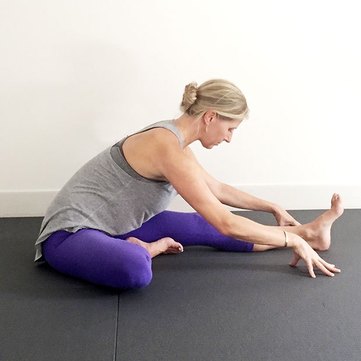
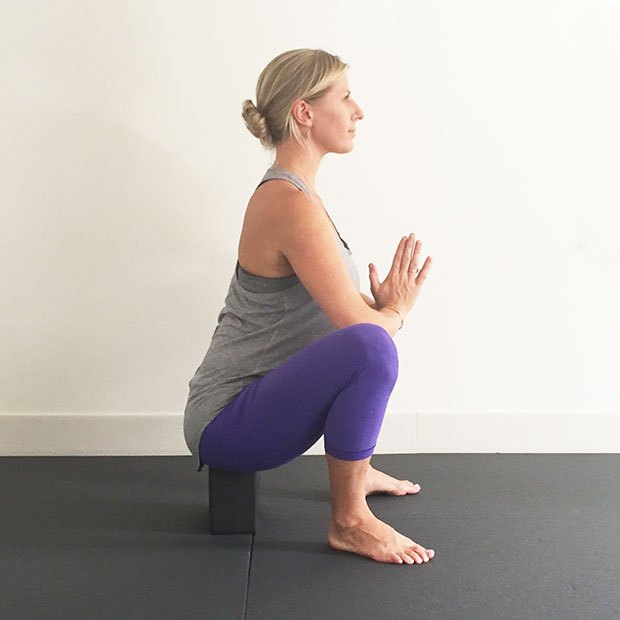
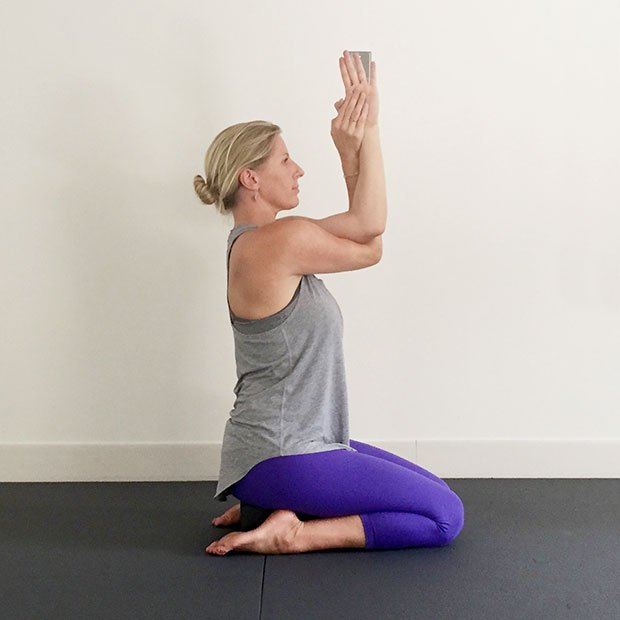
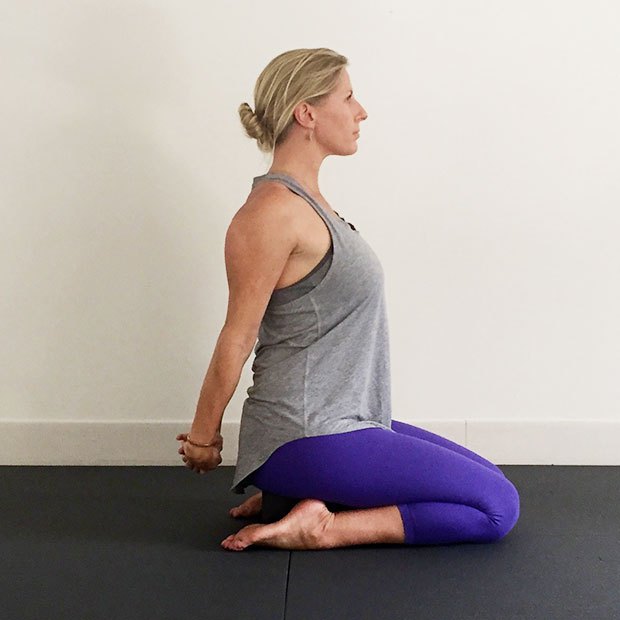
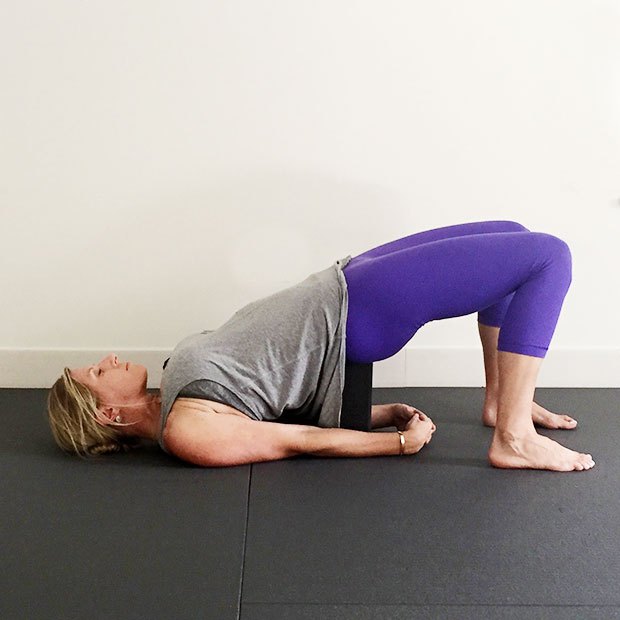
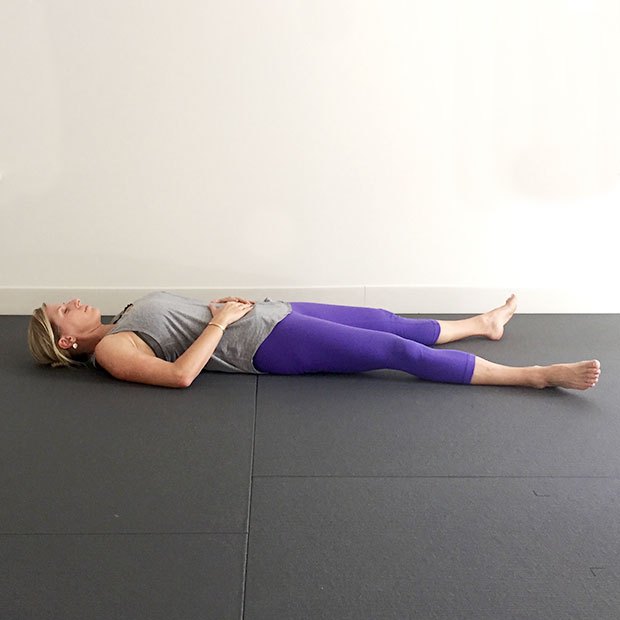
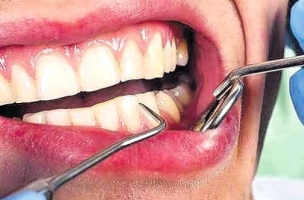

 RSS Feed
RSS Feed